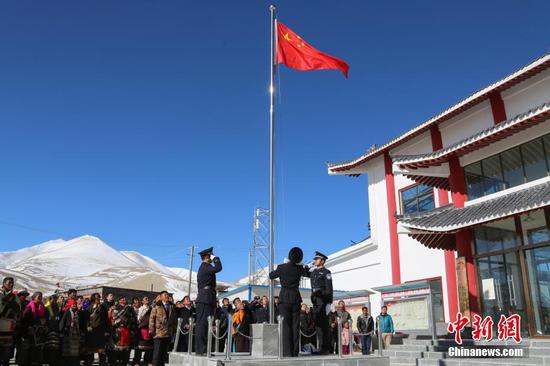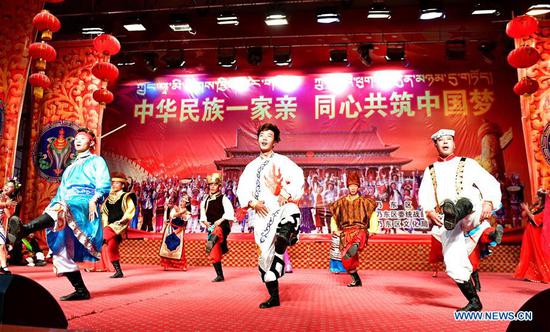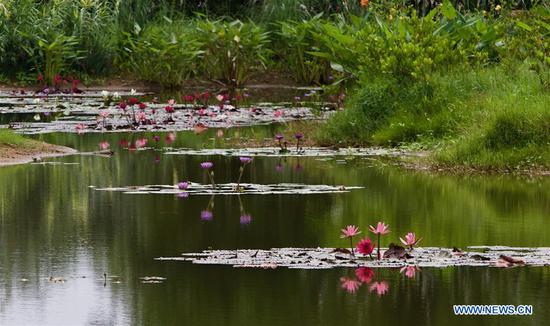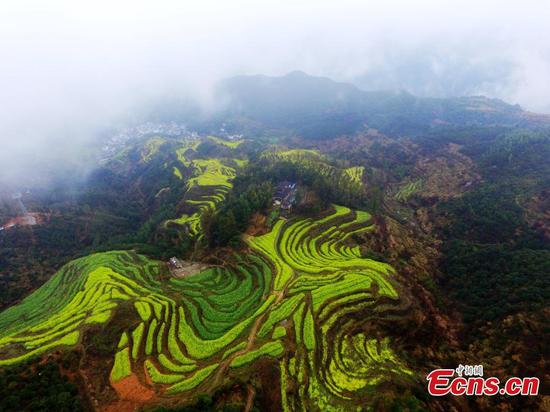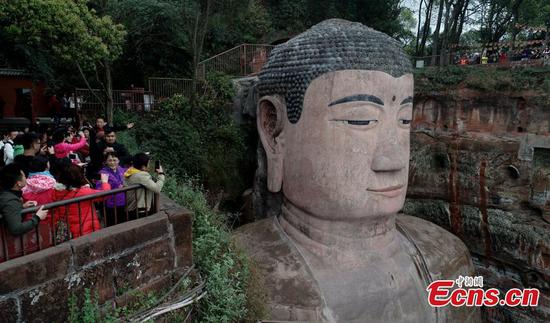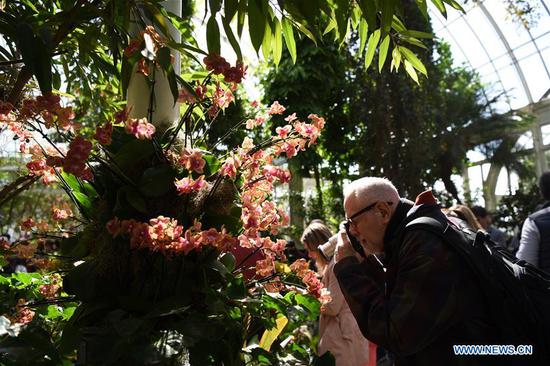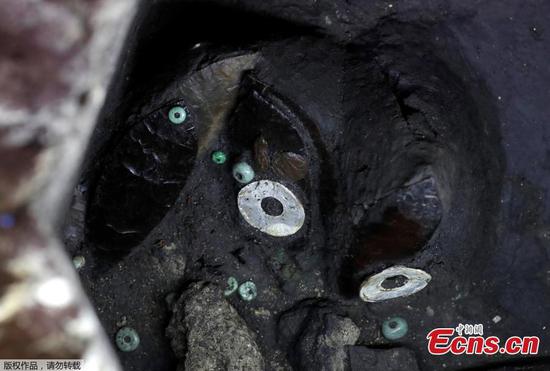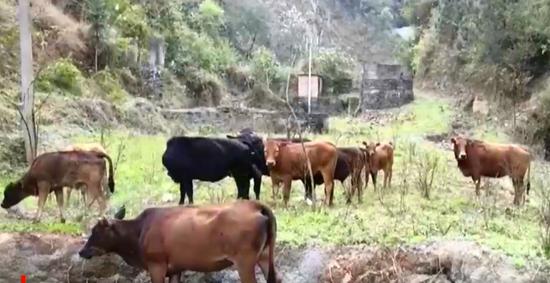Cycling or walking along the system of urban pathways in Guangzhou, Guangdong province, offers Zhao Qingyan evidence of the changing seasons.
"When I see the colorful leaves and flowers in full bloom along the road, I think it's time to go for a spring outing," said Zhao, a manager in a local foreign-funded company.
Zhao was cycling leisurely with her husband and young daughter on a path near Dafushan mountain, a scenic spot in Guangzhou's Panyu district.
"The beautiful blossoming trees of golden trumpet, oriental cherry, Chinese redbuds and other colorful flowers makes me feel good and relaxed," Zhao said, adding that it has become a family routine to cycle or walk every weekend.
She is among the millions of people enjoying the network of paths in Guangzhou that snake through parks or along lakes.
The warm weather and significant rainfall have contributed to beautiful greening along the pathways, which link more than 500 major scenic spots in the city, according to the city government.
Guangzhou has now constructed more than 3,500 kilometers of urban pathways, covering more than 7,000 square kilometers, which serve 10 million people, said Ma Yan, director of the afforesting section with the Guangzhou Bureau of Forestry and Landscaping.
"It's a major step to realize the city's goal of constructing a modern green and ecological southern metropolis," she said.
The network has the support of residents. A recent survey by Ma's bureau indicated that more than 91 percent of more than 1,000 people interviewed recognized the positive role the path network has played in improving the environment, and they applauded the positive image it has brought to the city.
Huang Zhaoming, an office worker living in Guangzhou's Tianhe district, said the network offers an ideal place for leisure, recreation and outdoor events and has attracted many families and people like him for weekend relaxation.
"The city government has done a good job investing large sums of money to construct the pathways that have helped further improve the city's environment," Huang said.
Most of the network was once wasteland, but flowers now bloom everywhere, he said.
Ma of the city's forestry and landscaping bureau said the paths have helped raise the air quality and optimize the environment and ecology in Guangzhou.
According to Ma's bureau, the forested belts can absorb more than 590,000 metric tons of carbon dioxide and release more than 440,000 tons of oxygen annually.
"Meanwhile, by improving interpersonal relationships and promoting fitness, the paths help spread urban civilization to rural areas and boost the rural economy," Ma said.
According to the provincial government, pathway networks have expanded to 18,019 kilometers throughout cities in the province.










